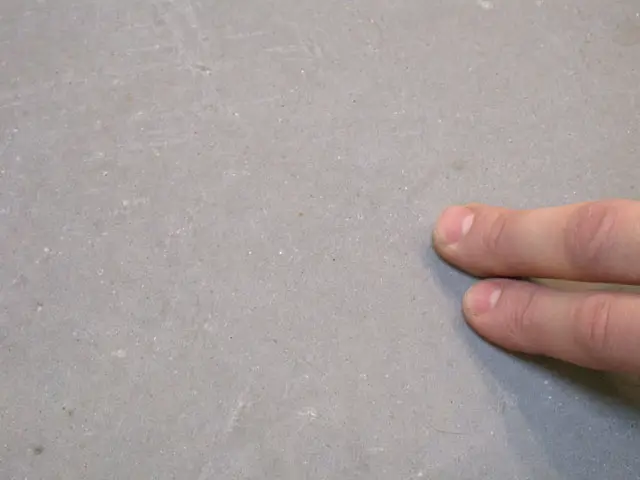
There is nothing more frustrating than finding problems with a new concrete project after the fact. One common problem that occurs with poured concrete is known as bugholes. Bugholes are small, visible holes that appear on the surface of concrete. While these blemishes are not generally large, they can appear in a multitude that will negatively affect the overall appearance of your concrete wall or driveway. They may also indicate the potential for problems later on. Bugholes are caused by a number of factors in the pouring and curing process and are particularly prominent on vertical surfaces. While there are methods that can effectively repair these voids, it is generally desirable to prevent them in the first place.
Why do Bugholes Occur?
Bugholes are very small air bubbles that become entrapped in the concrete mixture and then make their way to the concrete surface. They are typically the result of too much sand concrete mixture, or too much amplitude of vibration during placement. They can also be caused by using the wrong release agent or not using any release agent at all. In some cases, the appearance of bugholes may indicate that there will be durability problems with the concrete later on. If bugholes are detected on the surface of the concrete, it is best to monitor them carefully to ensure the concrete surface remains strong and intact.
How do You Prevent Them?
The best method to treat bugholes in concrete is to prevent them before they start. Contractors should be sure to use the right mix when pouring concrete, especially for vertical surfaces. Placement conditions should be taken into consideration when determining the best mix for the job. It is also important to use proper vibration of the fresh concrete. This translates to using the right equipment, an experienced staff and keeping back up equipment on hand in case of a breakdown. Finally, make sure that all of the preliminary work is correctly in place before beginning the pour. If your rebars need to be relocated or other adjustments need to be made, make sure they are completed before you bring in the fresh concrete.
How do You Treat Them?
If bugholes have already occurred on your concrete surface, there are ways to repair them. Voids can be filled using a concrete grout in many cases. The type of grout used will vary based on the size and depth of the holes.
Durability of the concrete should also be inspected to ensure there are no structural problems with the surface later on. Because there are a number of factors to consider when repairing bugholes, it is best to enlist the assistance of a professional concrete contractor for the job. This person will ensure that your concrete surface is sound and that the holes are repaired efficiently.
It is not unusual to find flaws in concrete after the fact. While there are many ways to prevent bugholes during the production process, there are also ways to repair the voids that have already occurred. If you find bugholes on your concrete surface, check with a concrete contractor for repair recommendations.

